Khā means an empty or vacant space leading to weaknesses in the scrotas or micro-channels responsible for transport and transformation of nutrients to the bodily tissues.
Vaigunya means that there is a defect or deformity resulting from such weakness, leading to the opportunistic progression of disease.
These weak spaces and defective channels or khāvaigunyas are regarded as a prevalent underlying factor to diseases. The actual causation or etiology of illness is termed ‘hetu'. Together these present a picture of disorder and suffering.
We all need the good healthy functioning of our scrotas or micro-channels for healthy nutrients and other necessary constituents to flow with unobstructed movement internally around our bodies, as it is essential for us to support ourselves in good health and function properly. Khāvaigunyas interrupt such healthy flow.
We need to maintain:
Ayana - the transport of essential heathy nutrients.
Sravana - the ability for these nutrients to permeate and infiltrate our tissues.
Mokshana - the capacity to eliminate and effectively excrete all resulting metabolic waste products.
Diseases and illnesses that take advantage of the Khāvaigunyas are numerous and multifactorial. They can be attributed to previous trauma, genetic disposition, emotional stress, iatrogenesis, poor diet, malformation of tissues, or the debility and retention of toxicity within the body. Ideally, we need to inhabit an environment with clean soil, water and air free from pollutants and allergens. We also need to exercise, positive communication and the comfort of touch. It is important to support our immune systems properly and develop an all encompassing sense of happiness and wellbeing.
Most of us have physical or mental areas that we acknowledge to be particularly weaker than others in our own individual constitutions. By acknowledging this and then by working to ameliorate them, we will be more resilient to anything that challenges us in the future.
If you want to study this specific area of Ayurveda in more detail, there is a list of a few reference books below, for further reading.
Finally, a positive thought to take with us all - “let’s fill any vacant spaces with strength rather than weakness, with happiness rather than sadness and love rather than hate.”
References -
Charak. Charak Samhita. Edited by Jadavaji Trikamji Aacharya.
Ist ed Varanasi: Krisnadas Academy: 2000.
Shustruta. Sushruta Samhita. Edited by Jadavaji Trikamji Aacharya.
8th ed Varanasi:
Chukhambna Orientalia 2005.
Vasant Lad. Textbook of Ayurveda Volume 2: Vasant Lad Ayurvedic Press 2006.
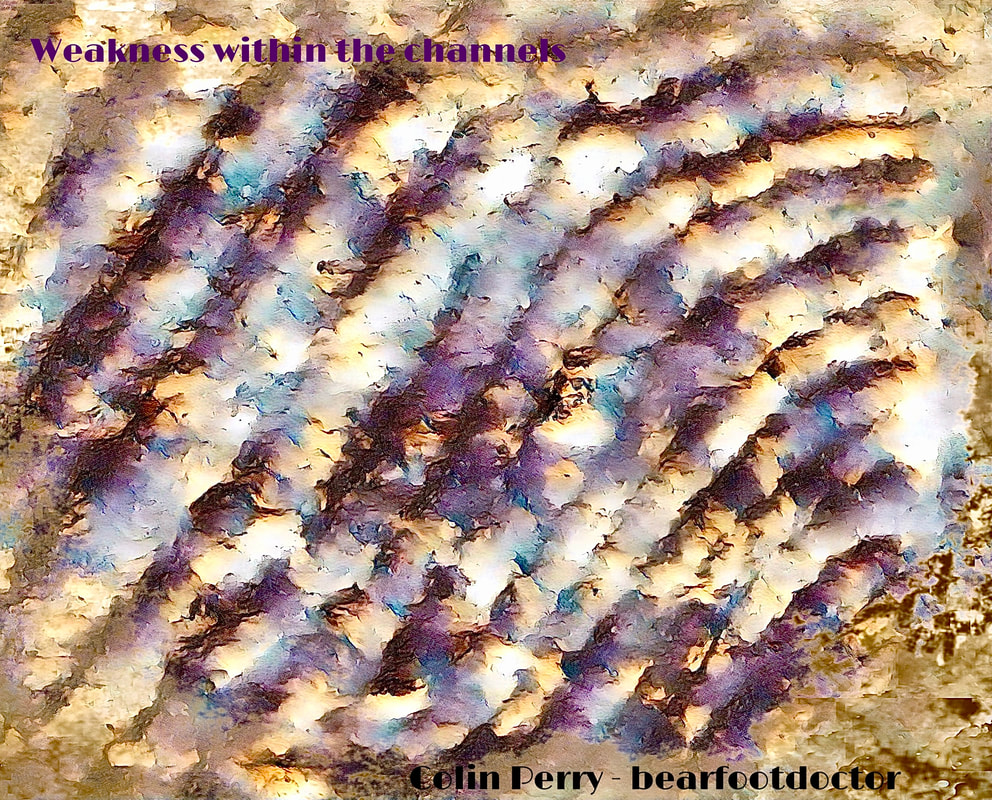
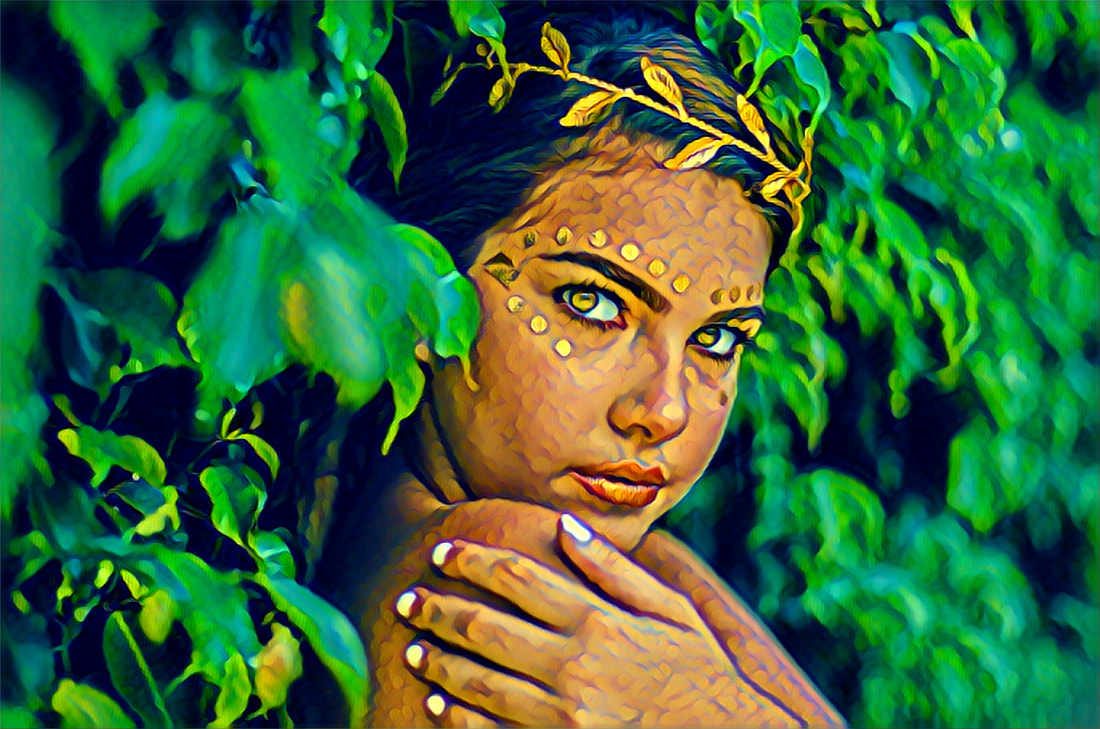
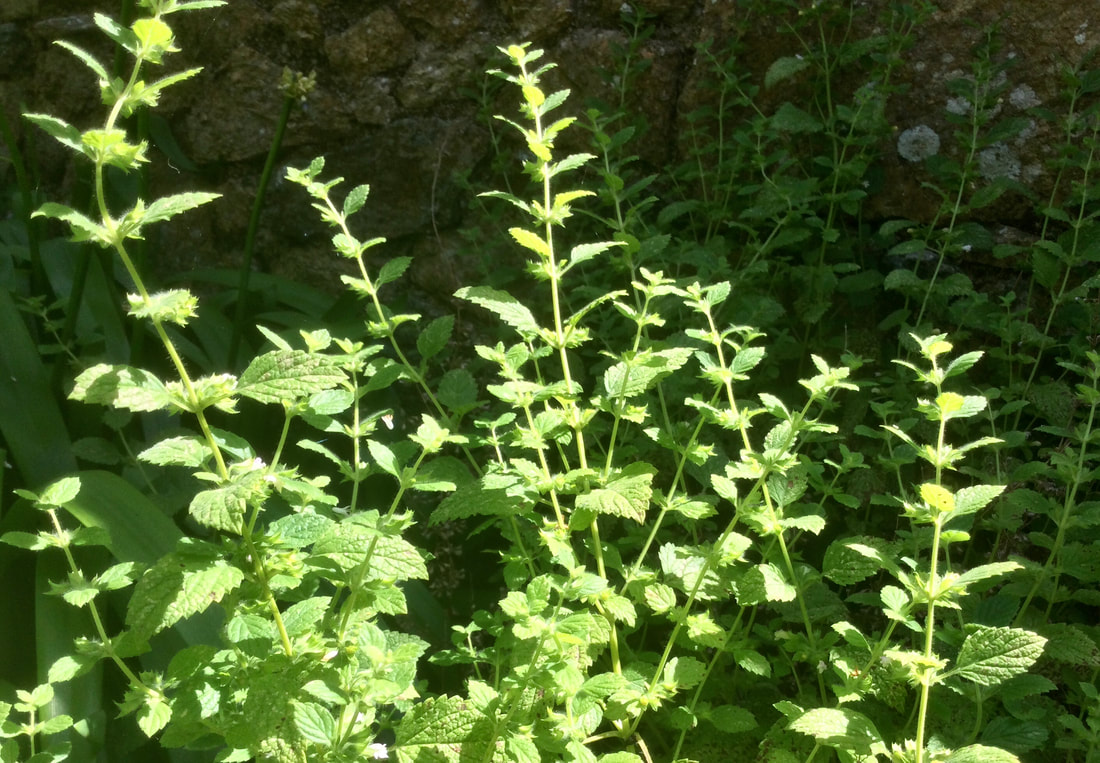
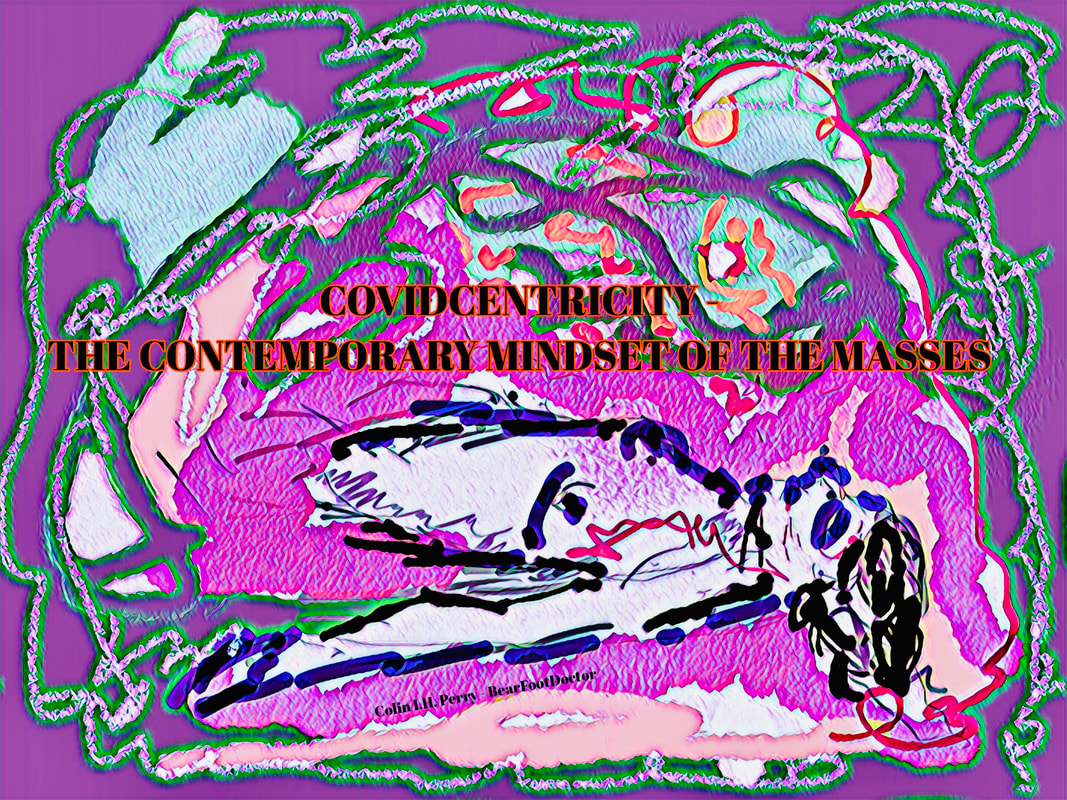
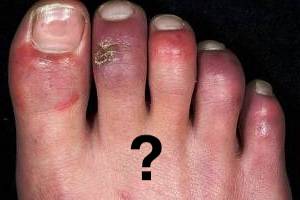
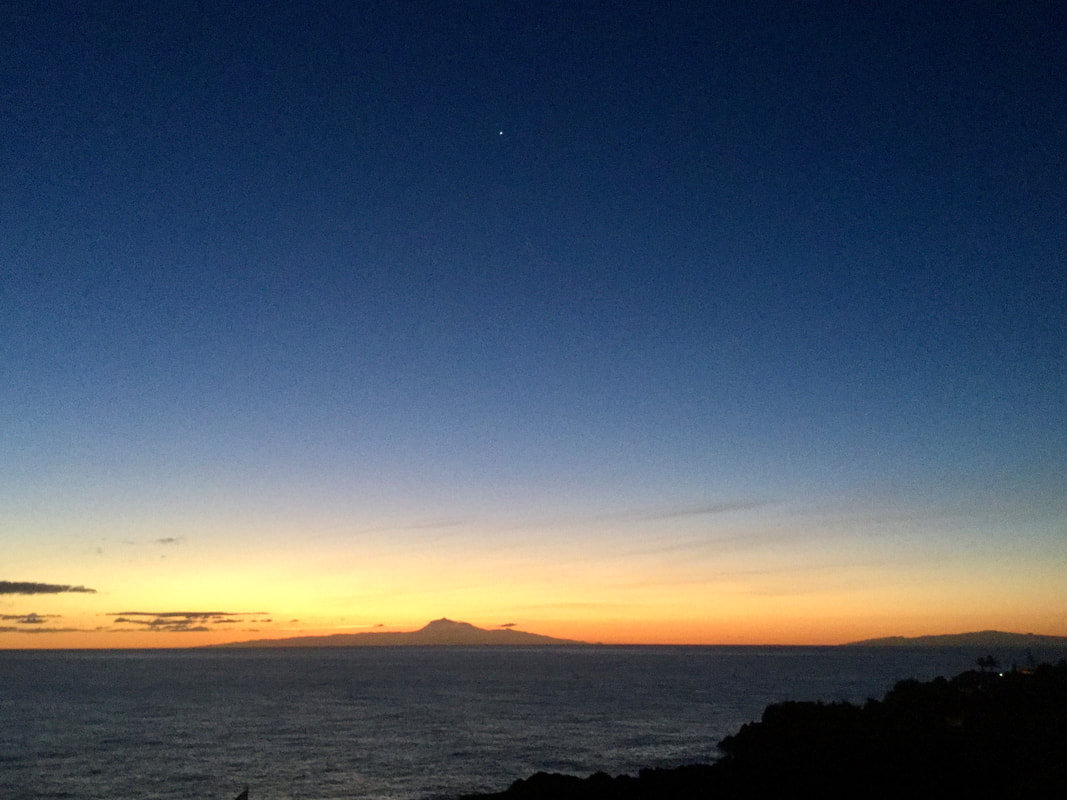
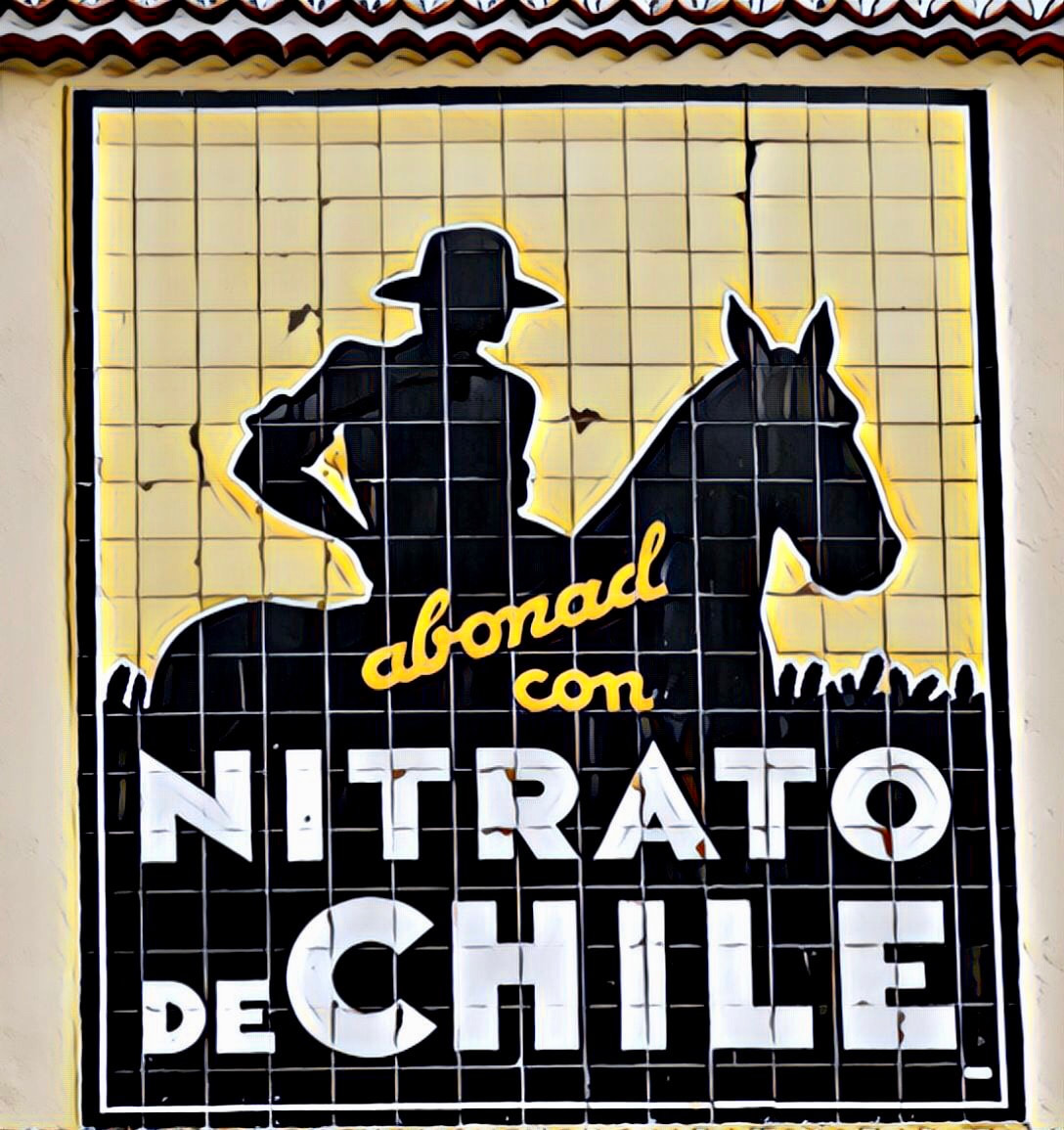

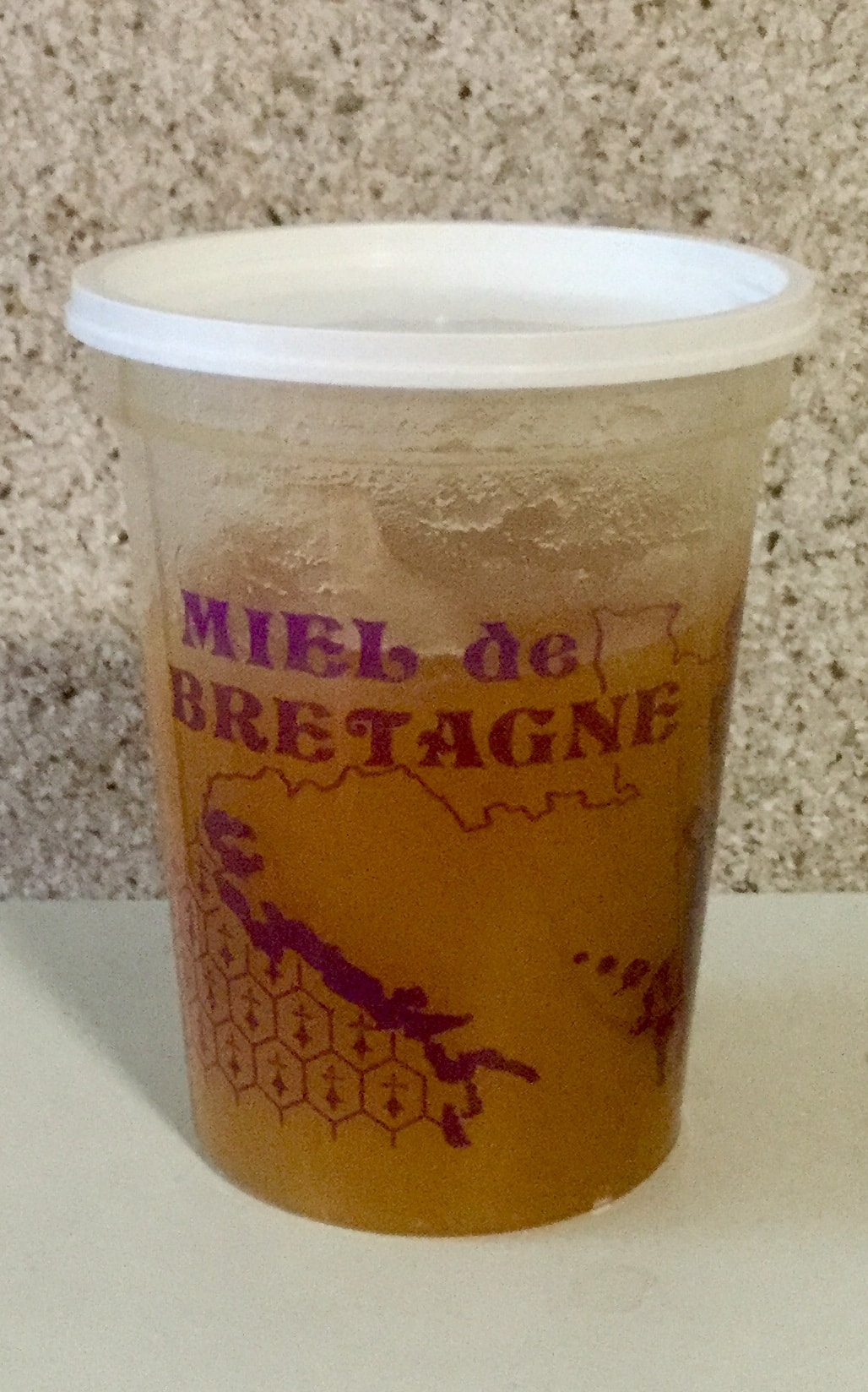
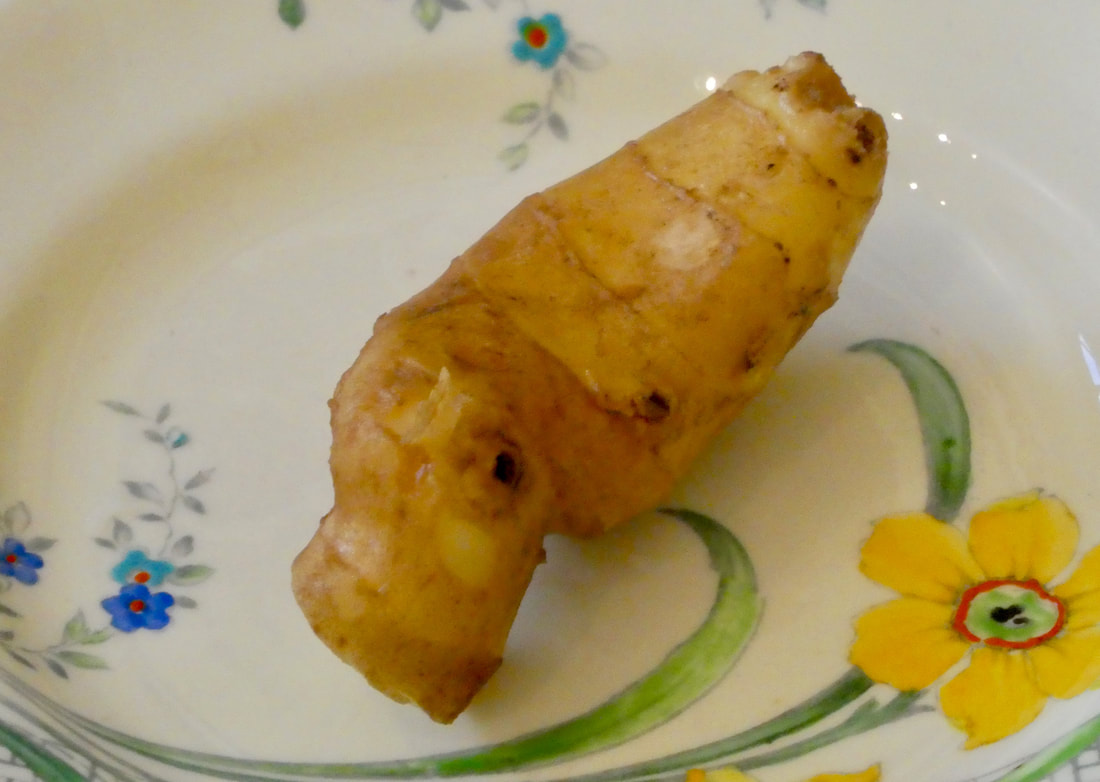
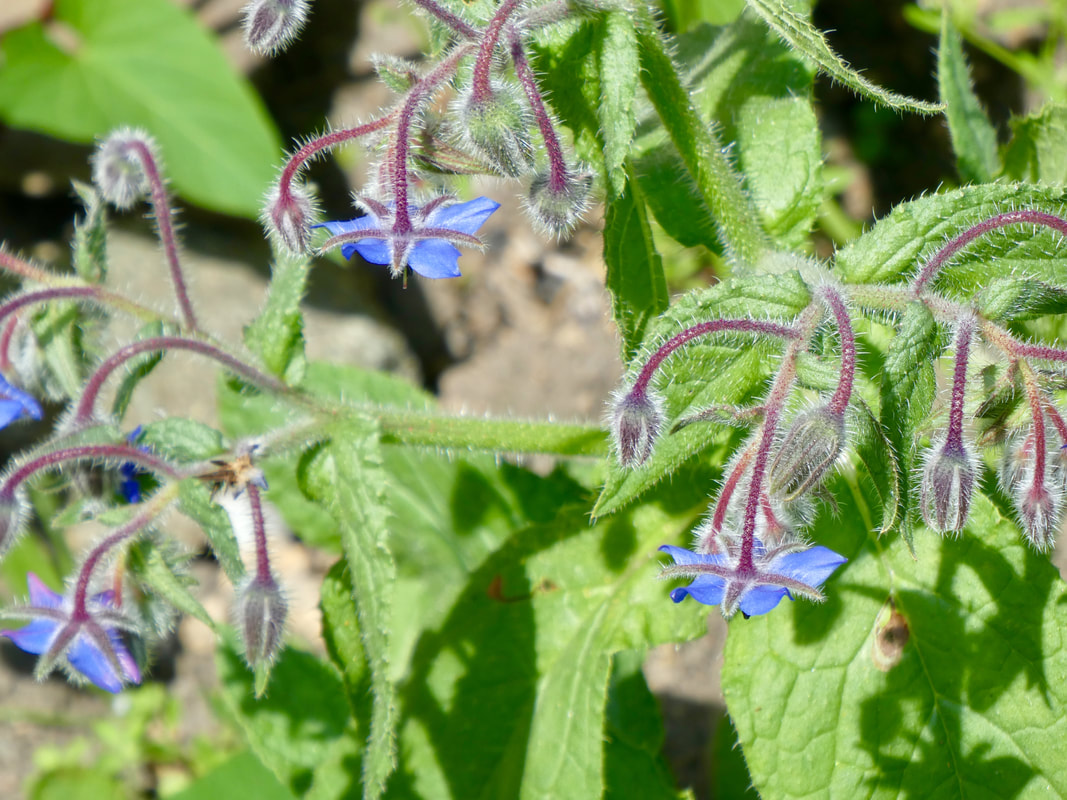
 RSS Feed
RSS Feed
